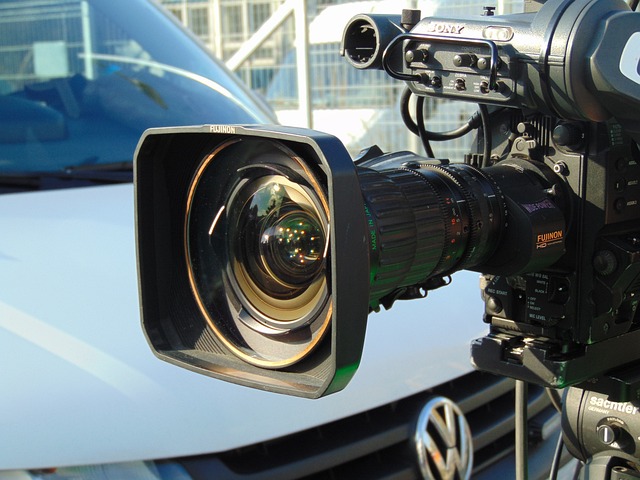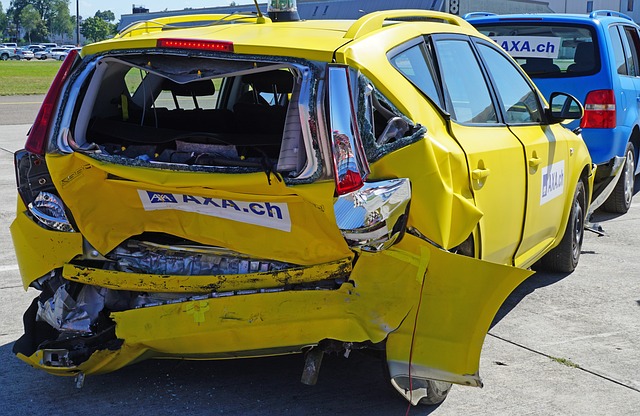Full Coverage Insurance provides comprehensive protection for vehicle owners, covering damages to your car (regardless of fault), theft, vandalism, and natural disasters. It shields you from unexpected financial burdens, maintains your driving record, and offers peace of mind. Key factors influencing premium costs include vehicle make/model, driving history, age & location, and chosen coverage options. When choosing a plan, evaluate personal needs, compare policies from reputable insurers, and understand exclusions. Full Coverage Insurance simplifies the claim process and provides support in various unforeseen events, including accidents, natural disasters, theft, and vandalism. It also secures personal belongings left in your vehicle. International travelers should consider temporary full coverage insurance for peace of mind while exploring new territories.
In today’s world, ensuring comprehensive car protection is non-negotiable. Full Coverage Insurance for All Cars provides an in-depth guide to navigating this essential aspect of vehicle ownership. Discover what full coverage entails, from collision and liability protection to less common perks. Learn why it’s vital, explore policy types, and understand premium factors. We’ll demystify the claims process, highlight exclusions, and offer insights into international travel options. Empower yourself with knowledge to make informed choices regarding your automotive security.
Understanding Full Coverage Insurance: What It Covers

Full Coverage Insurance, as the name suggests, is a comprehensive car insurance policy that provides extensive protection to vehicle owners. Unlike basic liability coverage, which typically covers damages caused to others in an accident, full coverage goes a step further by shielding the insured individual from various financial burdens. This includes payment for repairs or replacement of your own vehicle after an accident, regardless of fault.
The policy also encompasses other common scenarios like theft, vandalism, and natural disasters. It ensures that you’re not left with a heavy financial load when unexpected events strike. This is particularly beneficial for car owners who want to safeguard their investment and avoid out-of-pocket expenses in case of an incident.
Why Is Comprehensive Car Insurance Important?

Comprehensive car insurance, also known as full coverage insurance, is crucial for several reasons. It protects vehicle owners from financial burdens resulting from accidents, theft, or natural disasters. Unlike liability-only insurance that covers damage to others’ property and injuries, full coverage insurance includes these protections while also covering damages to your own car.
This type of insurance is important because it offers peace of mind. It ensures that no matter what unforeseen circumstances arise, you won’t be left with a massive repair bill or the cost of buying a new vehicle out of pocket. Full coverage insurance can also help maintain your driving record and prevent hefty rate increases if you’re at fault in an accident.
Types of Full Insurance Policies Available

When considering full insurance for your car, there are several types of policies available that offer comprehensive protection. Full coverage insurance, also known as comprehensive and collision coverage, typically includes liability, collision, and comprehensive components. These policies protect against a wide range of risks, from accidents and theft to natural disasters and vandalism.
Comprehensive insurance covers damages to your vehicle beyond what’s included in the basic liability policy, which only pays for damage you cause to others’ property or injuries you inflict on others. Collision coverage is designed to pay for repairs if your car collides with another object, such as a tree or another vehicle. Together, these policies provide full protection against unexpected events that could leave you footing significant repair bills out of pocket.
Factors Affecting Your Premium Costs

When considering full coverage insurance for your car, several factors influence the premium costs. Firstly, the make and model of your vehicle play a significant role; newer cars or those with advanced safety features often come with lower premiums due to their reduced risk profile. Additionally, your driving history is pivotal; drivers with clean records typically enjoy lower rates compared to those involved in accidents or infractions.
Age and location also contribute to premium calculations. Younger drivers usually face higher costs due to their lack of driving experience, while individuals residing in areas with higher crime rates or frequent car thefts may see increased premiums. Furthermore, the type of coverage you choose, including liability, collision, and comprehensive options, directly impacts your monthly expenses. Understanding these factors empowers you to make informed decisions when shopping for full coverage insurance.
How to Choose the Right Full Coverage Plan

When selecting a full coverage insurance plan, the first step is to assess your personal needs and risk profile. Consider factors like your driving history, vehicle value, and daily use. A responsible driver with an older, low-value car may opt for minimal coverage, while someone who drives frequently or owns a high-end vehicle should aim for comprehensive protection.
Next, compare different policies and providers. Look at the specifics of each plan, including deductibles, coverage limits, and any additional perks or discounts available. Ensure you understand what’s included in ‘full coverage’ as definitions can vary between insurers. Choose a reputable provider with a good track record, offering transparent terms and reliable customer service for when claims arise.
Claim Process and What to Expect

When you’re involved in an accident, the last thing you want to worry about is navigating a complex claim process. That’s where full coverage insurance comes into play. This type of policy is designed to provide comprehensive protection for all your vehicular needs, ensuring a smoother experience during claims. The claim process typically starts with reporting the incident to your insurance provider as soon as possible. You’ll need to provide details about the accident, including dates, locations, and any injuries sustained.
Next, you can expect a series of steps: an initial assessment of damages, gathering evidence like police reports and witness statements, and potentially scheduling an inspection of the vehicle. Your insurance company will then negotiate with repair shops or direct repairs on your behalf to ensure quality work within your policy limits. Throughout this process, they’ll keep you informed about the status of your claim, ensuring transparency and peace of mind.
Common Exclusions and Limitations

Even with full coverage insurance, there are certain situations and events that are typically excluded from policy compensation. These exclusions can vary by provider but usually include instances like accidents caused by driving under the influence (DUI), intentional damage or acts of vandalism, and incidents occurring while the vehicle is being operated by an unlicensed or uninsured driver. It’s crucial to understand these limitations to ensure you’re adequately protected.
Additionally, certain high-risk scenarios may result in limited coverage or higher premiums. For example, if your car is used for racing or off-road activities, or if it has been modified in ways that alter its safety features, insurance companies might offer reduced coverage or charge additional fees. Always review your policy carefully and consider these exclusions when deciding on the best full coverage insurance plan for your needs.
Benefits Beyond Financial Protection

Full Coverage Insurance goes beyond just financial protection for your vehicle. It offers peace of mind, ensuring that any unforeseen circumstances on the road—from accidents to natural disasters—are adequately addressed. This comprehensive coverage can help with medical expenses if you or others are injured in an accident, providing support during a challenging time.
Moreover, it protects against theft and vandalism, safeguarding your investment. Should your car be stolen or damaged beyond repair, full coverage insurance steps in to cover the cost of replacement or settlement. This benefit extends to personal belongings left in your vehicle, giving you extra security and ensuring that valuable items are protected even when you’re not behind the wheel.
International Travel and Temporary Car Insurance

When it comes to international travel, having the right insurance is paramount. Full coverage insurance for your vehicle extends beyond domestic boundaries, offering peace of mind while exploring new territories. Many policies include temporary car insurance options tailored for travelers, ensuring you’re protected during your journey. These plans often cover various scenarios, from roadside assistance to liability in case of accidents or theft.
Whether you’re renting a car abroad or driving your own, temporary coverage can be customized to fit specific needs. It’s crucial to understand the scope of these policies, including exclusions and limitations, before embarking on your trip. With proper international car insurance, travelers can focus on enjoying their adventure, knowing their vehicles and interests are safeguarded.
